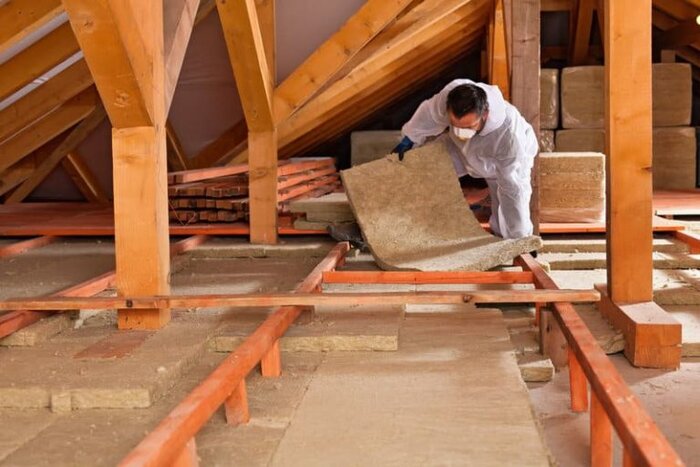Have you ever wondered how much energy your home is consuming? Or worse, do you know the extent of the damage that has already been done? If so, then you need to read this article! In it, we will outline the entire process of conducting an energy audit, from start to finish. So if you’re interested in making smart decisions about your energy use, read on!
What is an Energy Audit?
An energy audit is a comprehensive examination of your home’s energy usage, climate control, and building envelope to identify opportunities for improvement. An energy audit can help you save money on your energy bill, reduce your carbon footprint, and improve the comfort and health of your family.
There are two main types of audits: air sealing and insulation.
Air sealing audits look at how well the building envelope is sealed off from the outdoors, which can help reduce moisture infiltration and heat loss. Insulation audits examine the condition of walls, ceilings, floors, and ductwork to determine if they need insulation or a retrofit.
Both types of audits require a lot of information from you: an inventory of all your appliances; a list of all materials used in the construction or remodeling of your home; detailed drawings identifying every room in your home; a description of any special features or restrictions on the rooms; and information about how you use each room.
An energy auditor will also need access to documents such as utility bills, building permits, receipts for landscaping work, or insurance claims.
How to do an Energy Audit
Energy audits can help your business save money, improve energy efficiency, and protect the environment. Here’s how to do an energy audit:
- Define your goals. What are you trying to accomplish with the audit?
- Survey your current energy usage. Obtain a complete overview of your current energy usage and associated costs.
- Identify sources of wasted energy and opportunities for improvement. Evaluate your buildings’ energy use relative to their original design and function.
- Make recommendations for cost-effective efficiency improvements. Explore potential savings through improved insulation, lighting, water heating, and cooling systems
What to look for when conducting an Energy Audit?
When conducting an energy audit, it is important to first identify all of the sources of energy used in your home. This can include things like electricity, natural gas, propane, and heating oil. Once you have a list of all the sources of energy used in your home, you can start to look for ways to reduce or replace those sources with more efficient options.
One of the most important aspects of an energy audit is to evaluate your entire home. This includes everything from the roof and walls to the insulation and windows. By evaluating each part of your home, you can find areas where you can save on your energy bill.
Another key factor when conducting an energy audit is ensuring that you take into account future growth and changes in your office. For example, if you are planning on adding a new room or increasing the size of your existing one, make sure to include that information when performing an audit. This will help ensure that you are making the right choices when it comes to how much energy you use in your home.
Benefits of an Energy Audit
An energy audit is a great way to save money and protect the environment. Here are some of the benefits of getting an energy audit:
- You can find ways to reduce your energy consumption by up to 30%.
- By identifying and fixing problems with your office’s insulation, lighting, windows, and appliances, you can lower your utility bills in the short term.
- An energy audit will also help you identify any safety hazards related to your home’s wiring or plumbing—which could lead to costly repairs down the road.
- By improving your home’s overall efficiency, an energy audit or energy saving can help reduce your carbon footprint.
- An energy audit is a valuable tool for homebuyers and sellers alike; it can help uncover potential problems that may need to be fixed before selling or buying an office.
Conclusions
We hope that our energy audit has helped you to identify where your current energy levels are and given you some ideas on how to improve them. If you would like help implementing any of the suggestions we made, please do not hesitate to get in touch. We would be happy to provide you with a complimentary consultation.



